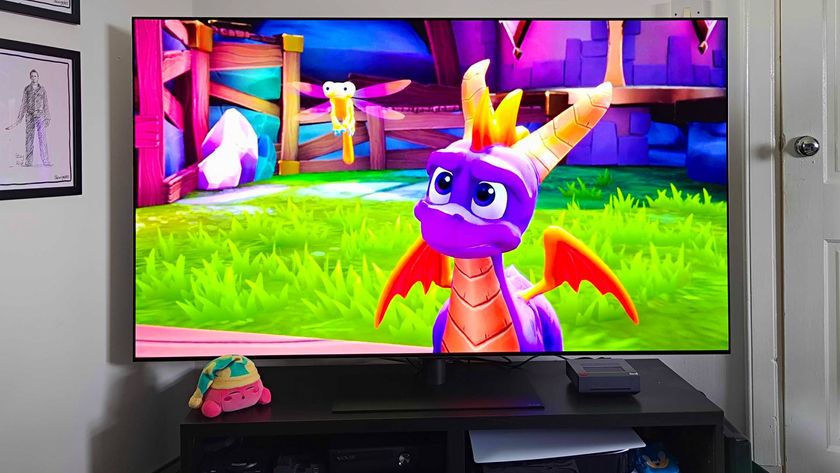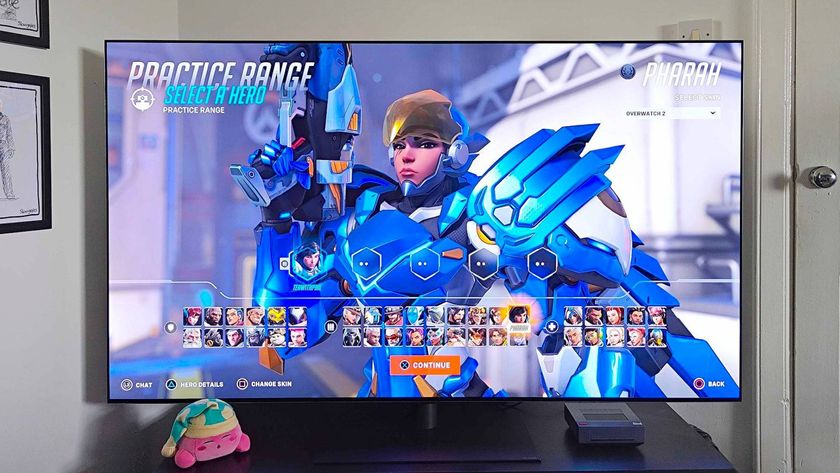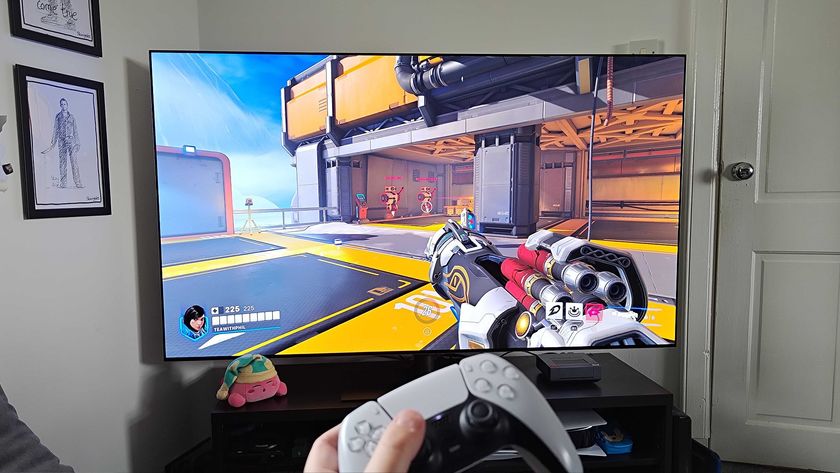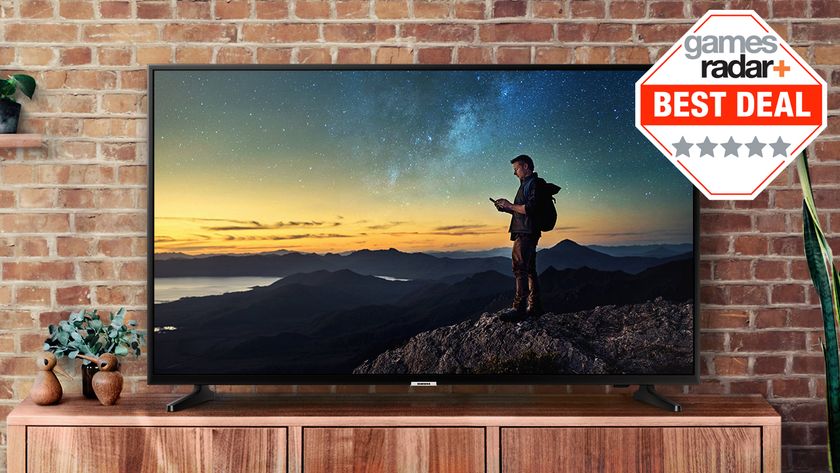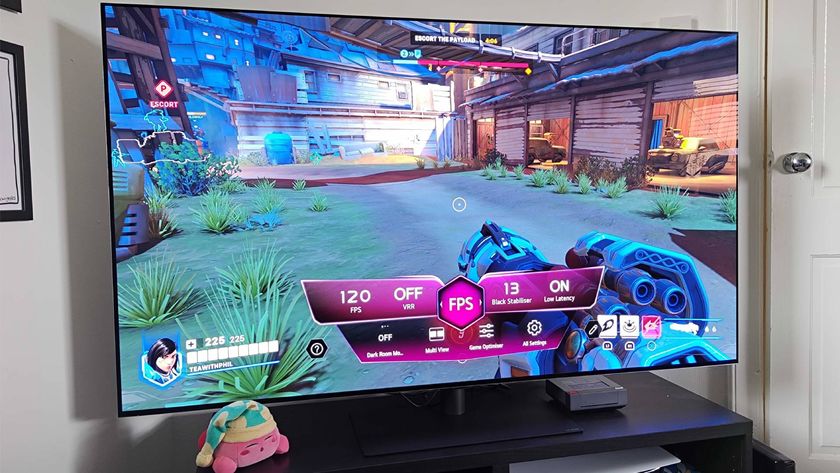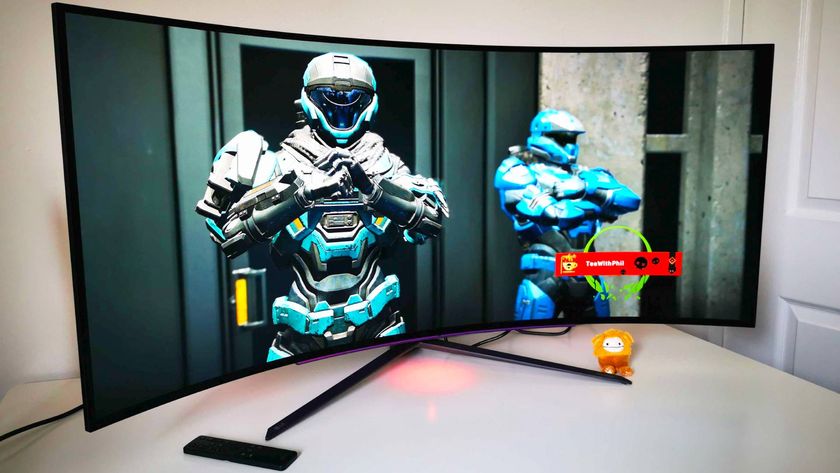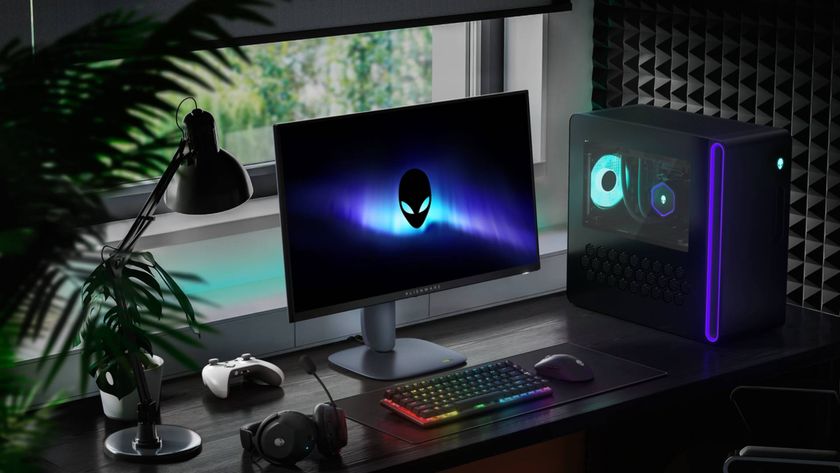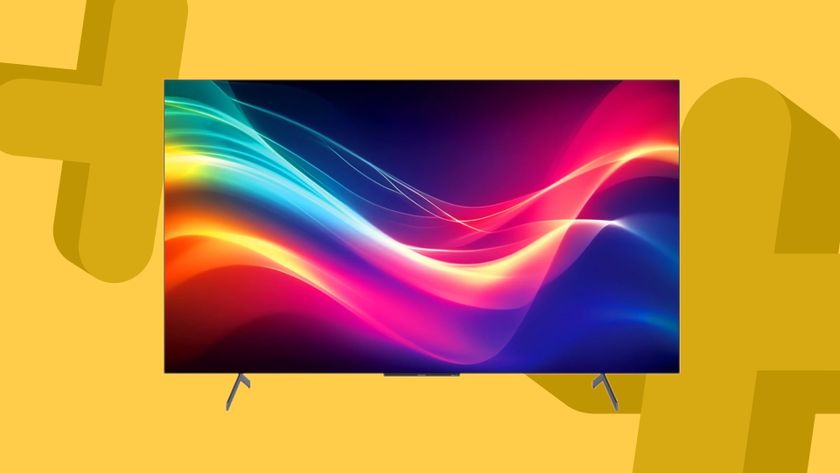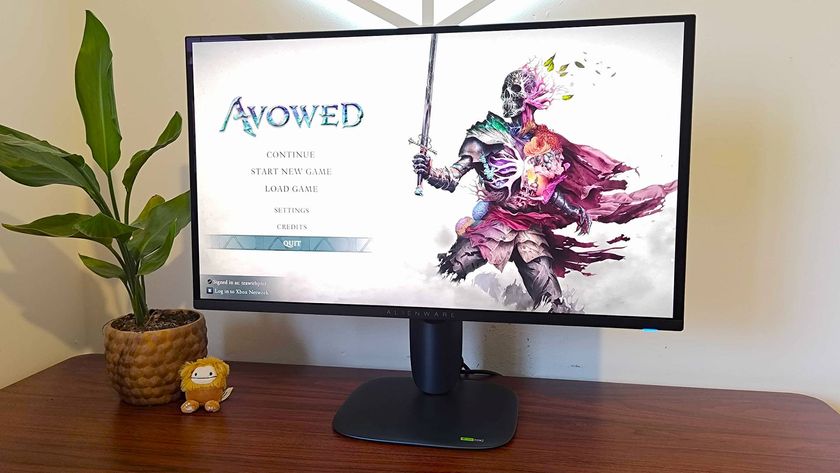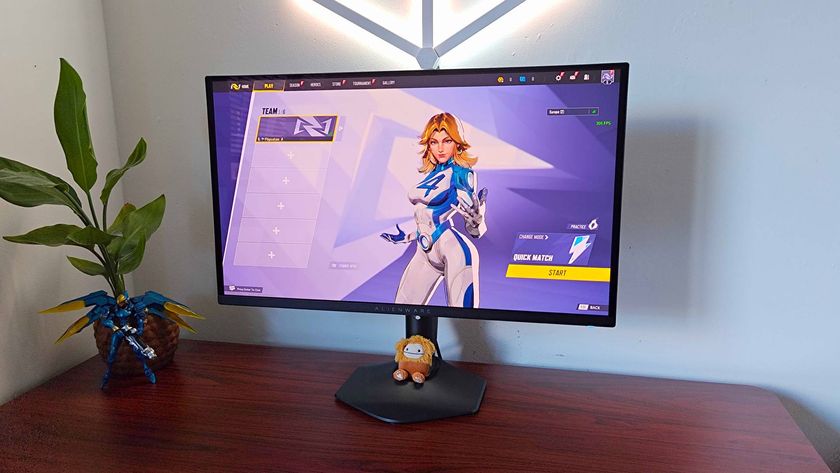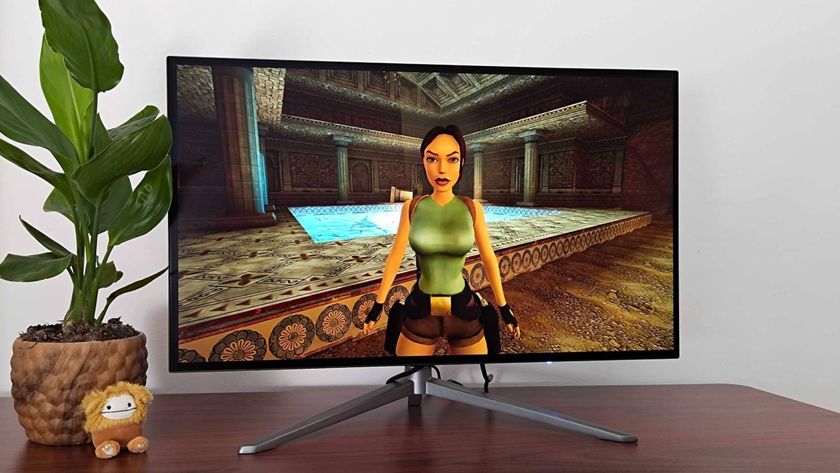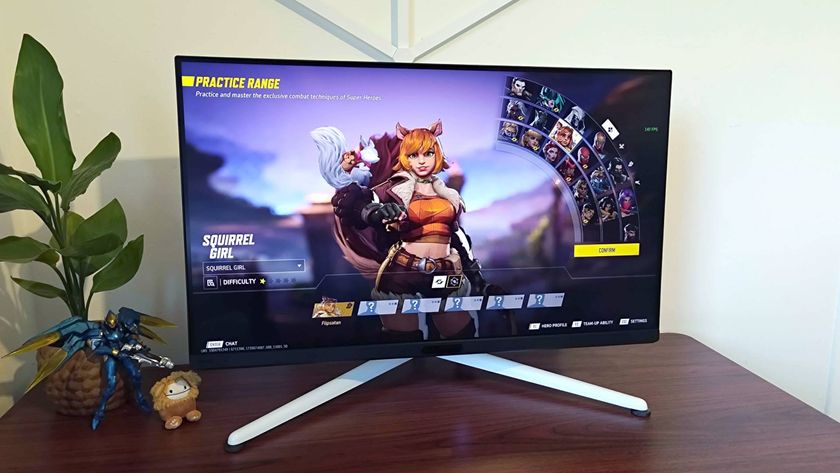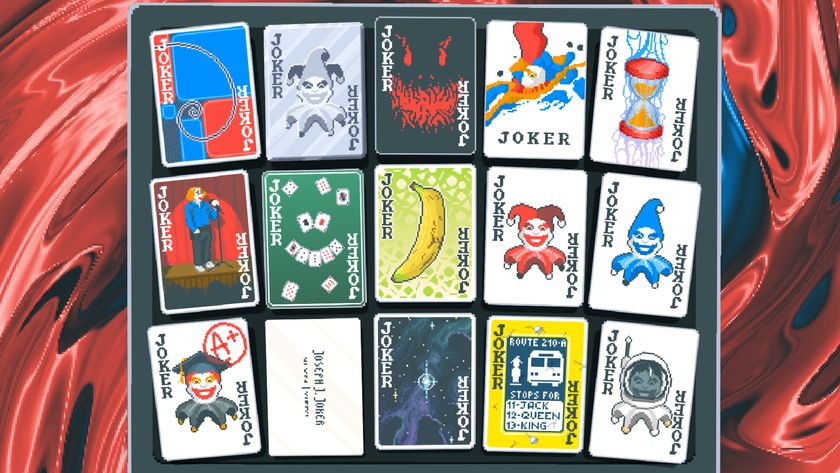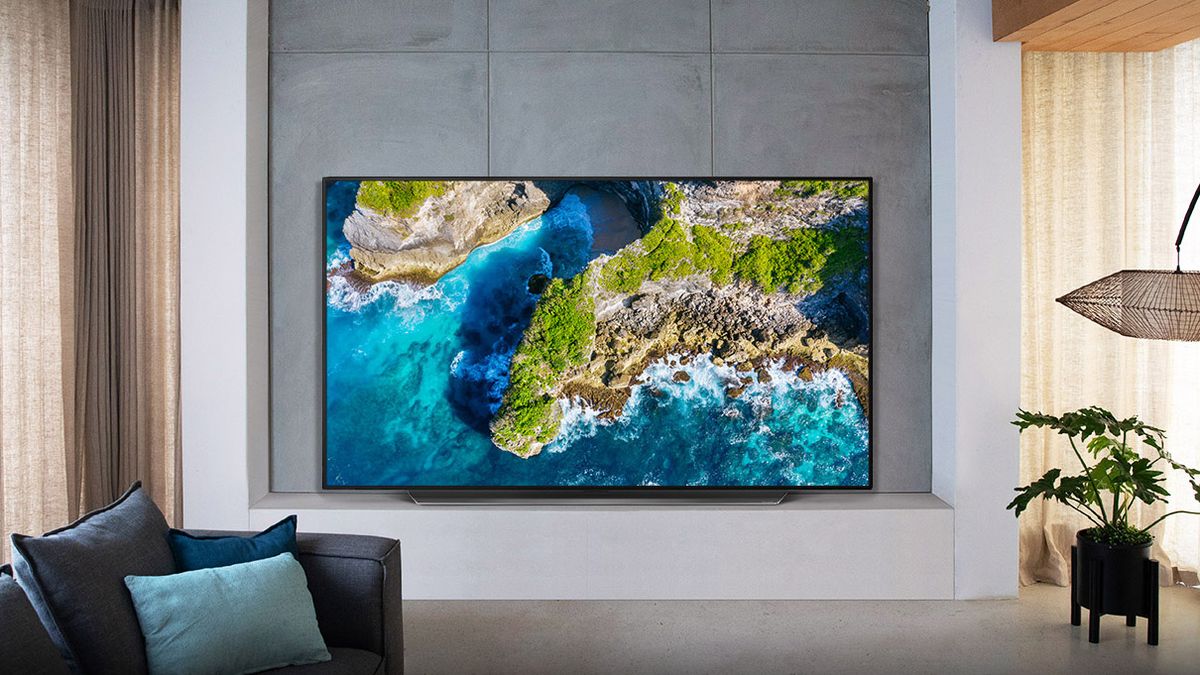
Nowadays, when it comes to researching and ogling the best gaming TV for your setup, which panel technology is best? OLED and QLED rule the roost, but sound much the same - though they’re worlds apart under the hood - and where do LCD, QNED, and ULED fit in?
This forest of acronyms might seem impenetrable, but each one is important as each indicates very different attributes and characteristics from another. Despite most new TVs appearing much the same, both in appearance and specification, different panel technologies have their own pros and cons, and there’s no shortage of marketing blather to add extra confusion.
The TV market is largely split into two camps: OLED, and LCD (which includes models sporting QLED, ULED, and QNED labels). The most ubiquitous flatscreen type is LCD (Liquid Crystal Display). LCD screens all require an LED backlight to work, and this is why these sets are often dubbed LED TVs, or even LED LCDs. Rival OLED is a self-immersive display. Its pixels are self-lit, so no backlight is required. This means the screens can be thinner and have better contrast with inky blacks.
So which sort should a humble gamer buy for their PS5, Xbox Series X, or gaming PC? You need to sort the wheat from the chaff, and that's without even considering individual characteristics that make the best 4K 120Hz TVs or the best TV for PS5 and Xbox Series X stand out. So, let’s dig a little deeper...
OLED TVs - A gamer's delight
Pros:
- Perfect blacks and excellent contrast
- Comfortable as a close-up gaming display
Cons:
- Can suffer from image burn-in
- Expensive
The best OLED TVs (Organic Light-Emitting Diode) are the TVs powered by the hottest screen technology you can buy right now, not least because it boasts sensational image quality with superior contrast. LG is the frontrunner in this field with the likes of last year's LG CX, being one of the best and still very popular, and this year's LG OLED C1 and LG OLED G1 coming out of the blocks flying.
OLED is currently only available in larger screen sizes and is more expensive than LCD. Sony, Panasonic, and Philips offer 48-inch models, but we have been told that 42-inch OLED panels will debut before the end of the year - though don’t interpret this to mean OLED screens will be getting significantly cheaper any time soon. The 48-inch models tend to sell for the same as their 55-inch stablemates. With OLED, you’ll pay a premium for a smaller screen.

OLED is a self-emissive technology and doesn’t require a backlight (unlike LCD et al, below). Because every pixel is controllable, OLED screens are able to deliver pure, accurate blacks. There’s no light leakage caused by a backlight, so the contrast is much better. It's this trait that has made OLED a top choice with home cinema fans, who tend to watch movies in no or low light, and value the dynamic range OLEDs offer. Of course, OLED TVs aren’t just for movies; they look superb with games too. Indeed, a 4K 48-inch OLED makes for a jaw-dropping near-field monitor and OLED screens also tend to emit only low levels of blue light, which is regarded as a good thing for eye health.
Sign up to the 12DOVE Newsletter
Weekly digests, tales from the communities you love, and more
The global supplier of OLED, LG Display recently obtained 'Discomfort Glare Free' verification for its all OLED TV panels from UL, a leading global safety science company, precisely because the screens exhibit no glare. UL’s testing is based on the Unified Glare Rating (UGR), a metric recognized by the International Commission on Illumination (CIE). The verification mark is issued when the UGR is 22 or less when watching TV between 70 lux (lx) - about the brightness of a bedroom lamp - and 300 lx - about equivalent to the light from a bright window. This is in contrast to high-end LED LCD screens, particularly Samsung’s QLED models, which make a virtue of intense brightness.
But for all this, they have an Achilles heel. OLED can be susceptible to image retention and burn-in. Manufacturers have adopted a range of technologies to combat burn-in on OLED, like pixel orbiters and related screen refreshers, and generally, these work well.
QLED TVs - bright and beuatiful
Pros:
- Superb colour fidelity
- Immune from screen burn
- Excellent image quality
Cons:
- Can seem overly bright
QLED, championed by Samsung but also sold by Hisense, Vizio and TCL, is an evolution on LED LCD panel technology.
The ‘Q’ in QLED refers to a quantum dot filter positioned between the backlight and the screen. Quantum dots emit coloured light when illuminated by a backlight, and the depth of colours produced and their colour accuracy is second to none. A red apple on a lesser LCD TV can often resemble an orange. On a QLED set, the apple’s rosy hue is far more likely to be reproduced accurately.
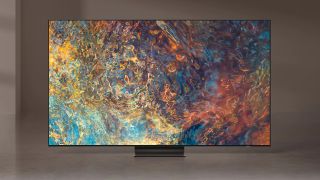
The best QLED TV screens, as we’ve seen from the likes of the Samsung QN95A, can also be driven hard to produce extreme brightness with class-leading HDR peaks. Although you probably wouldn’t feel comfortable sitting up too close to one, they can look absolutely stunning running games on new-gen consoles (and last-gen too).
LCD TVs - The most ubiquitous of them all
Pros:
- Really wide price range
- Immune from screen burn
Cons:
- Often have limited contrast with poor black level performance
LCD screens represent the vast majority of TVs sold. They come in a wide variety of sizes at all price points, from incredibly high to almost irresistibly low. Typical characteristics are brightness and colour vibrancy. LCD TVs shine in rooms with high ambient light, and really stand out in TV showrooms that are preternaturally bright. However, when you get them home and dim the lights, you’ll notice differences. That backlight we talked earlier about starts to glow, like a dim torch. As a result, deep blacks turn grey. More often than not, there’s a lack of contrast.
Manufacturers combat this with a variety of techniques: local dimming can (albeit crudely) curtail the worst excesses of an LCD backlight, and full-array local dimming (abbreviated as FALD), rather than edge-lighting, offers greater precision. Local dimming can markedly improve black level performance on an LCD LED TV, to the point where it really isn’t an issue for most users.
Despite this, LCD screens have one unbeatable characteristic which will endear them to gamers: they don’t suffer from image burn-in or retention. You can play noon till night, often with the same static imagery onscreen, and it won’t be imprinted on your telly.
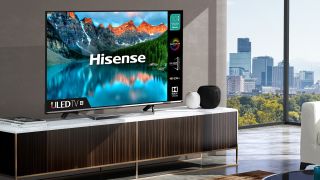
ULED TVs - A Hisense-only 'tech'
Pros:
- Immune from burn-in
- Signifies a mid-range LED LCD performer
Cons:
- Not so much a panel technology as a marketing label
Hisense offers ULED, which sounds like it should be an alternate TV technology to OLED or QLED, but, simply, it’s not. It’s a marketing moniker for its own upper-mid-range LED LCD flatscreens. There’s no magic pixie dust here - but the value can be excellent on these models from Hisense so they're still ones to bear in mind.
QNED TVs - new and exclusive
Pros:
- Superior colour fidelity
- Mini-LED backlight technology
- Immune form screen burn
Cons:
- Pricey
Available in 4K and 8K models from LG, QNED TVs are LCD TVs that use a Mini-LED backlight with a Quantum Dot colour filter, able to produce 100 per cent colour volume and colour consistency.
The adoption of Mini LED on these models has allowed LG to offer both increased brightness and more dimming zones, for more precise HDR management and higher contrast. Like regular LED LCDs, there’s nothing to worry about when it comes to image retention. But there is something to worry about in price - it'll be high - and availability - that's low. So new are these TVs that we might have to wait a bit before prices fully roll out and become readily available at retailers; if you're lucky, though, our price finding tech will display the latest prices for you below.
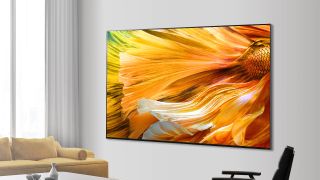
Which to go for?
So while the various names used for TV panel tech may sound similar, there are big differences between them when it comes to what’s going on inside, and what picture you'll get.
If you’re on an everyday budget, debates about TV panel tech largely become irrelevant. You’ll be buying an LED LCD screen (or a derivative). If this is you, try and opt for a television with low input lag (lower than 20ms is a good performance), and rejoice in the fact that your new screen is immune to the tribulations of image burn.
However, most folks going for a brand new gaming TV will be deciding between the two juggernauts: OLED and QLED. These are undoubtedly the best televisions for PS5 and XSX, hands down. In brief, if you want a premium LED LCD performer with high brightness and class-leading color fidelity, opt for QLED (or QNED); whereas if you're after the deepest blacks, a cinema-effect screen, and a screen that can be comfortably used up close, almost like one of the best gaming monitors, then go for an OLED. As long as you’re wary of the possibility of burn-in, it shouldn't be a major concern. But they can be pricey. Both will give you some of the absolute best picture qualities going, and both leading manufacturers - Samsung and LG - keep pushing the envelope with each cycle.
As mentioned at the top of this explainer, your retailer options are many and varied for TVs, with regular discounts also occurring across the internet, so here are those quick links again to get you going:
US gaming TVs: Amazon | Best Buy | Walmart
UK gaming TVs: Amazon | Very | Currys | John Lewis | ebuyer | Box
Steve May is a home entertainment technology specialist. Creator of Home Cinema Choice magazine, Steve writes about gadgets and gizmos for GamesRadar, T3, Louder Sound, TechRadar, Home Cinema Choice and Yahoo. He’s also the editor of The Luxe Review and Pro AV site Inside CI. Steve once wrote a games column for legendary British comic 2000AD (and has a badge to prove it), and maintains that when it comes to top shooters, Doom is the GOAT.
